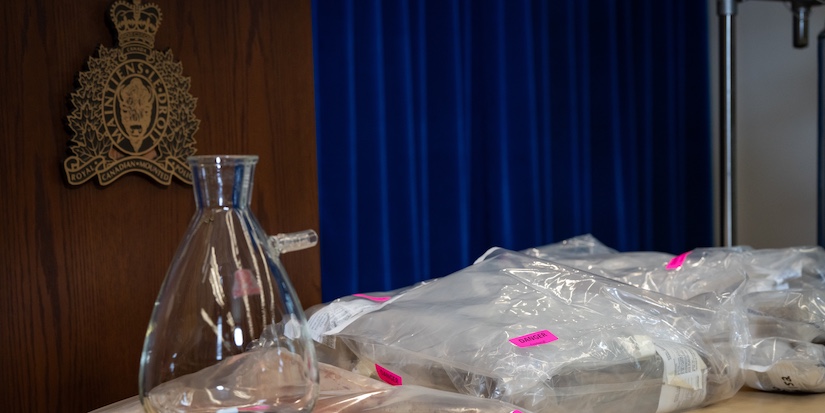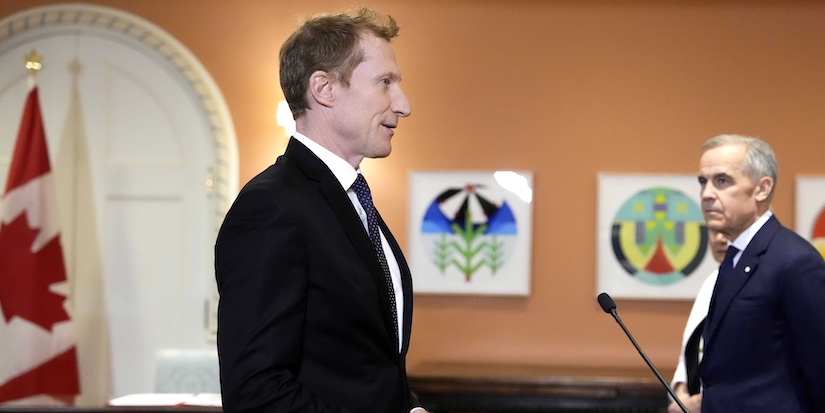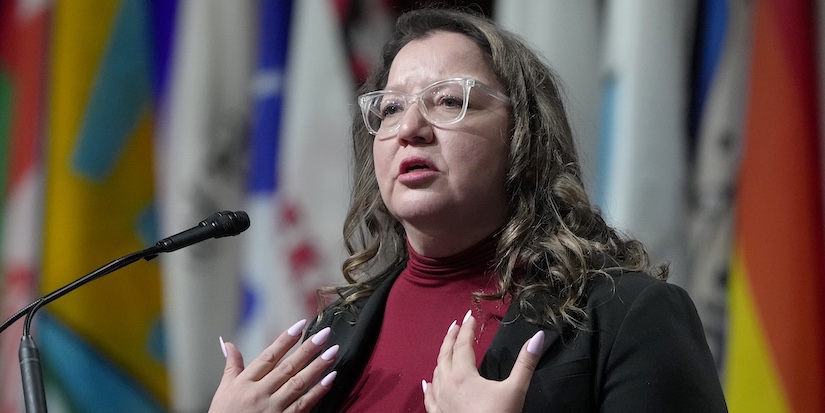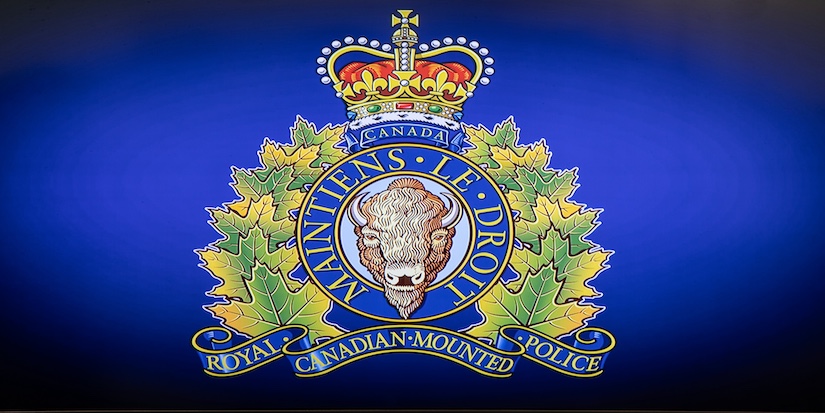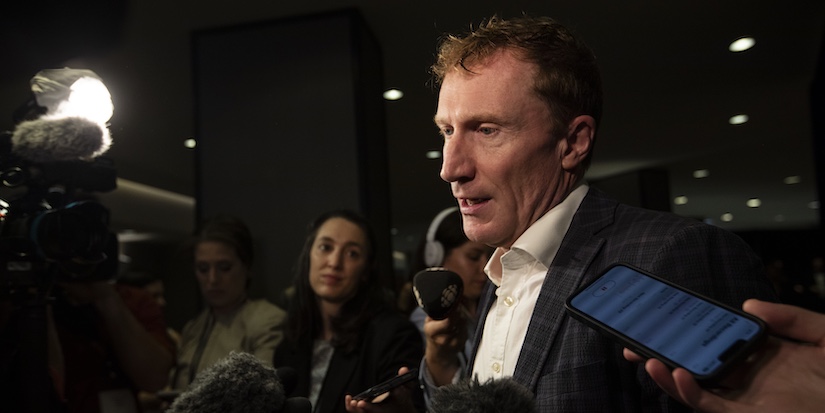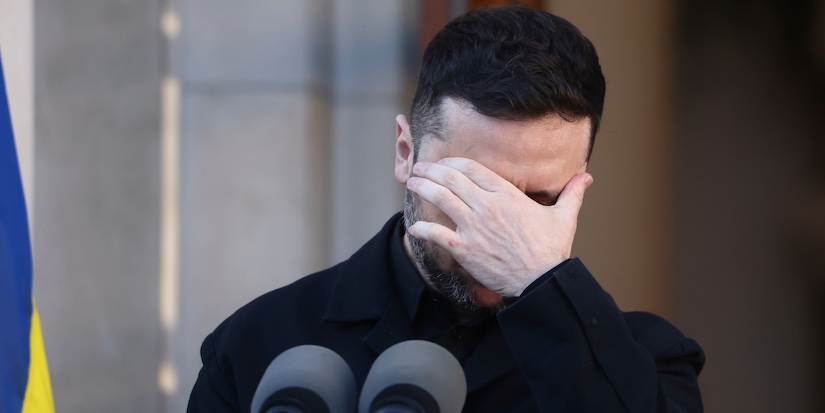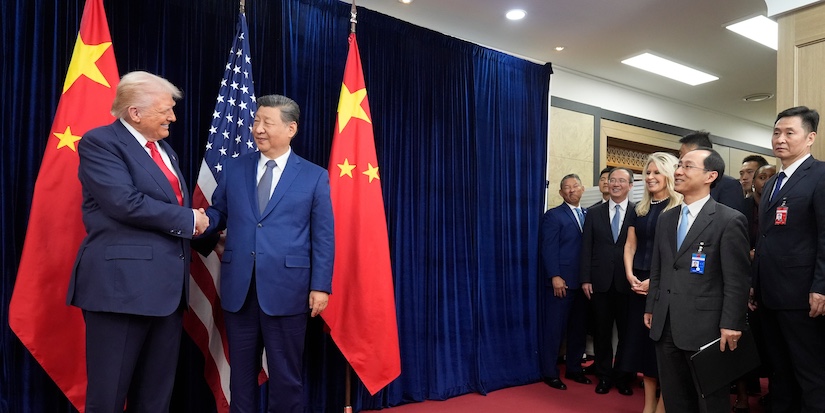Latest News
The history behind Seair Seaplanes

Published 12:18 PDT, Fri October 25, 2024
—
The Richmond Sentinel host Jim Gordon had the pleasure of filming an interview on location with Peter Clarke, president and founder of Seair Seaplanes. He was a pilot who grew up in BC dreaming from a young age about flying seaplanes on the west coast. Peter financed flying lessons and the purchase of his first seaplane by working as a fishing guide in the early eighties when he acquired his first plane, a Cessna 185.
Shortly after that, he started his business flying charters to lodges into the backcountry fishing spots, along with other charters for such businesses as lumber companies, commercial fisheries, and the Canadian Navy. Seair’s offices, terminal reception and hangar are conveniently located at the Vancouver International airport, south terminal conveniently situated for passengers with commercial flights and connections.
JG: We’re sitting here in the hangar with three new seaplanes as a backdrop and with Peter Clarke. Let's talk about the beginning of your journey. You were one man that started with one plane and I want to get this right because there is quite a story to tell. In 1982, you buy your first plane, a Cessna 185, and your parents said what?
PS: Well, they said, I'm completely out of my mind. And they said when I go broke the next year, they were not going to bail me out and they also said that it was a terrible idea, I was never going to make money in the aviation business. I grew up flying with my father's plane and loved it. I knew what I wanted to do from when I was young. And so, I bought my first plane and never looked back. And to this day, I still love my job.
JG: Can you describe the flying options back in 1982, if somebody wanted to go to one of the Gulf Islands or go up island, what options were there and did you see a need that wasn’t being fulfilled?
PC: This coast is just so beautiful, with all the neat bays, inlets, channels, islands that you can go to. I leased myself and my plane out for the first few years. I wanted to fly more so I applied for a transport Canada license and that's when I started adding more planes.
I got my student pilot license on my birthday when I turned 16, I got my private pilot license on my birthday when I turned 17, and then I got a commercial license on my birthday at 18 years old. Would I do it all over again, you bet.
JG: Talking again about your youth and sticking to what you love, your father was a pilot and yet he was not in favour of you starting a business as a pilot.
PC: That's correct. But he only flew privately and in the air force, he never flew commercially and my sister was the second female pilot hired at Air Canada.
JG: You obviously were a prudent businessman because you had one plane that helped keep you going for the next dozen years until you started buying planes.
PC: That's right. I bought my first plane because I knew nobody would give me a job because back then, you had to have thousands of flying hours. So, with my own plane I was able to get work and then the work just kept coming.
There were a lot of seaplane airlines on the coast flying from the mainland to Vancouver island and many of those airlines have all been bought up or gone out of business. Back then we serviced the logging industry and commercial fishing. Today, we’ve added new business like, sport fishing and the movie industry which we do four or five movies a year. We also added scheduled flights so there’s lots of work.
JG: You also described something that is very important when you own your own business and that is evolve or die. So, what you were doing back 40 years ago with logging and fishing has now evolved into so many other opportunities.
Jump ahead 40 years and the company is very successful because obviously you understood the importance of having an open mind. You offer a mixture of direct routes and daily flights, but you also capitalized on that desire for people wanting to rent a private plane.
PC: The scheduled flights we have about 34 flights a day, to the different islands that take anywhere from nine to 18 minutes. We save the customer a lot of time compared to a ferry, it's convenient and it's similar in price.
Our main business is chartering. We service a lot of fishing lodges, private islands, construction sites and waterfront homes as we fly into marinas and, remote properties. I've been to every bay and inlet and island on the coast and most of our pilots have to.
JG: We were down on the dock earlier filming all your planes lined up for today’s flights and one of the planes was the de Havilland Beaver, which is your pride and joy. Can you tell our viewers about the ‘Coin’ that is embedded on the dash board and why it will be in the Aviation Hall of Fame?
PC: It'll be in one of the museums for sure. The Beaver was so successful opening up the back-bush country and the North—the Arctic, northern Ontario, British Columbia, Quebec because you could put it on skis, on floats or even on wheels. Canada made ten coins of all their top ten engineering feats of all time. The de Havilland Beaver was one of them and we mounted the coin in an instrument hole in the dash of this Beaver. We're not ready to give the Beaver plane up yet because there’s still lots of hours left on the plane.
JG: Not to mention you said that the price tag on some of these classic float planes is extremely high.
PC: That plane, brand new back in 1957, was about $16,000 to buy. I wouldn't sell it for $816,000 today. If kept in good shape and maintained, seaplanes increase in value. It's a good investment.
JG: You have three planes behind us here in the hangar, how many planes do you have in the fleet at this time?
PC: Right now, we have twelve and seven of them are the new Cessna Caravan. We bought all our planes directly from the factory so we can special order them the way we want them. We also have three piston Beavers and two turbine Beaver planes. The turbine Beaver is used on our charter flights and for a navy contract.
JG: Can you explain the difference between the Caravan and a Cessna?
PC: The Caravan is the new age of seaplanes. They go twice as fast as a piston Beaver. They're twice as quiet and less vibration. You can fly one all day and not be tired where a piston Beaver after flying for a couple of hours, the pilot can feel the effects from the noise and the vibration. The Caravan has come a long way from 50 years designing airplanes. A lot of our customers just love the newness and the many features the Caravan offers.
JG: One of the features you were mentioning is the reduction in noise, allowing passengers to have a quiet conversation.
PC: That's right and there’s a lot of safety features including the seats are equipped with shoulder harnesses.
JG: Peter, how many passengers fly with Seair from this airport throughout the year?
PC: We're probably flying 45 to 50,000 passengers per year.
JG: One of the great accomplishments that you told me about before we went on camera is the ability to comfortably manage passengers with disabilities.
PC: We have a friend, Butch Williams who designed the equipment and in conjunction with Chloe Angus and Rick Hansen, we've developed a mobility lift, which will transport a passenger from the dock to a seat on the airplane. A good example is someone who came over from the Golf Islands to have hip or knee surgery, they can’t return by BC Ferry because it is a requirement that passengers get out of the car and walk to the upper deck so our seaplane with the mobile lift is a good option.
We hope to generate more passengers by offering this hands-free service for people that have mobility issues, because float planes in the past were not an option—the mobile lift is a great invention.
JG: Let's look ahead ten years. Where do you see yourself and Seair—more routes, more planes?
PC: Continued growth, slow growth, and keep buying planes every two or three years and adding another route and more charters. I'm passionate about the business, I love my job. I want to continue for many years to come.
JG: I think you have found the secret of life, sir, as I've always believed, find what you love and see if you can make a living at it.
Just after we sat and chatted, Peter gave me the opportunity to get into one of their newer planes, to sit in the co-pilot seat and see all the technology that is involved in one of these modern float planes.
PC: This is a Cessna Caravan. It has the Garmin G 1000—three computer screens that do 13,000 different functions. The pilots have been flying these planes for a few years, and are still learning about all the different functions they can do like, warning us that there's other airplanes in the vicinity. It’s a very similar system that they have in corporate jets. It’s a big improvement in all aspects in navigation, operation and safety.
JG: Back when you started flying, were you flying by feel and knowledge of the area?
PC: When I started, there was no GPS. It was mainly all memorization of the coast and especially in low visibility and bad weather. But with this technology, we know where we are at all times. On all of Sierra airplanes, we have a satellite tracking system that sends a signal to the satellite every two minutes. We know where that plane is at all times. The altitude, the airspeed, the directional flight, and it follows a track that we monitor at all our bases. We can tell where that plane lands, takes off and how high it’s flying, and we can tell the customers when they will arrive. Aviation has really advanced, and this plane has really helped us out a lot.
To watch the entire interview go to richmondsentinel.ca/videos

















